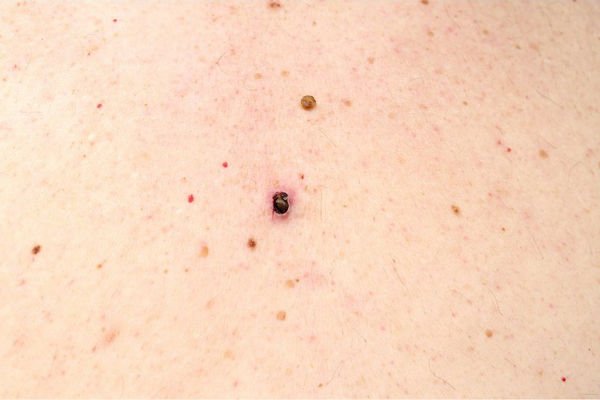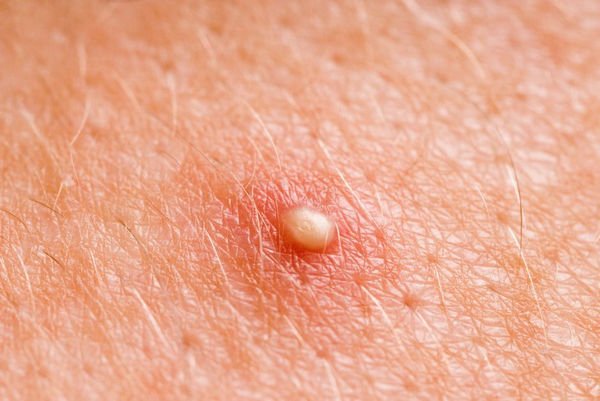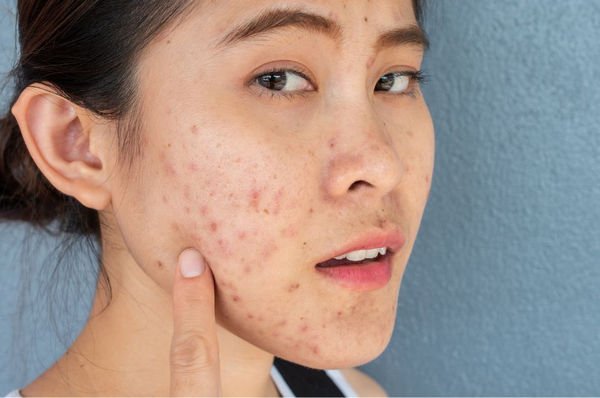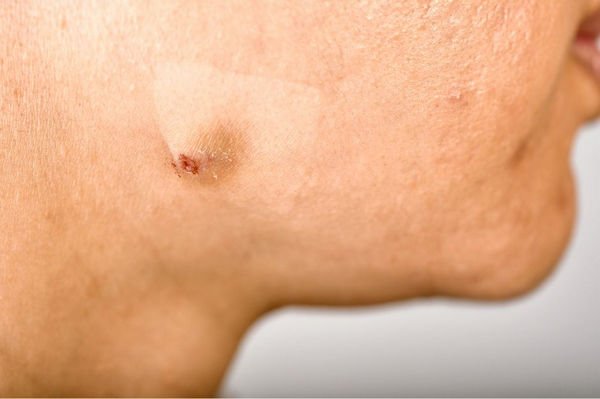Acne is a very common skin condition caused by a lot of things. This includes fluctuating hormone levels, stress, high humidity, having an oily face, and even genetics. Teenagers are also prone to acne but it can affect anyone no matter the age.
Acne treatment can be tailored according to the type of acne that is being treated. Most people don’t even know that there are different types of acne. When they see a red dot growing on their face, everyone assumes it’s acne.
In some cases where the acne is severe which causes swelling and redness, the usual acne treatment may not work. It’s important to know the different types of acne and how to treat them so as to find the best remedy for what you have.
The Different Types of Acne and How to Treat Them
In order to effectively treat your acne, it’s best to know which type you’re trying to treat. After all, having acne can actually affect your self-esteem so it’s best to have it taken care of.
You can try the best acne treatment products or get treatment from your trusted skin care specialist. Anyway, there are several forms of acne and these are:
Blackheads
These are small bumps on your skin that look like dark spots because they’re clogged with excess oil and dead skin. They appear usually on the nose, chin, cheek, neck, back, and chest.

Although blackheads are just a milder form of acne, they can affect your confidence. Apparently, there are studies that show blackheads can cause anxiety, depression, mood disorders, low self-esteem, and even suicidal thoughts.
Treatment: There are lots of ways to get rid of blackheads but using a cleanser that has salicylic acid is most preferred because it breaks down excess oil and dead skin cells that clog pores. Wash your face twice a day, once with a cleanser that has salicylic acid to remove daily dirt, oil, and makeup.

Whiteheads
It’s easy to tell a blackhead from a whitehead. Blackheads are open bumps that look like dark spots while whiteheads are closed bumps that look white or yellowish.
Whiteheads usually appear on your nose, chin, forehead, cheeks, and around the mouth, neck, back, cheek, and upper arms. This is caused by oil glands all over your body that releases an oily lubricant that hydrates your skin keeping it shiny.
Treatment: Just like in treating blackheads, salicylic acid also heaps clear whiteheads on your face. It helps remove the top layer of the damaged skin, dissolving the dead skin cells to prevent your hair follicles from clogging. Azelaic acid is also a great option as it kills microorganisms on the skin and reduces swelling.
Fungal Acne
This is a common skin condition when the hair follicles become infected with Malassezia yeast. This type of acne causes clusters of small, itchy red bumps on your skin. These bumps can become bigger and turn into whiteheads.

People who get fungal acne are usually those who live in a hot, humid climate, have a weakened immune system, sweat a lot, and use a lot of oil-based moisturizers and sunscreens. Fungal acne can also appear due to the hair follicles becoming damaged or blocked and the yeast getting inside.
Treatment: The best way to treat fungal acne is to restore the balance between yeast and bacteria on your skin. You can try OTC anti-fungal cream like miconazole or cloritmazole. If that doesn’t work, call your dermatologist to get the right prescription for antifungal medication.

Papules
Acne papules can appear not only on your face but also on the neck, chest, shoulders, back, and even buttocks. You’ll know them as inflamed blemishes that look like red or pink bumps on your skin.
It’s best not to touch this type of acne as it may be sensitive to the touch. Picking or squeezing is also not recommended as it can make inflammation and lead to scarring. They occur when a hair follicle’s wall is ruptured which makes it easy for bacteria and tiny debris to get inside the deepest layer of the skin.
Treatment: This type of acne blemish can also be treated with benzoyl peroxide or salicylic acid. Wash your face twice daily with acne face wash that contains either of these ingredient. If you don’t see any progress, contact your dermatologist.
Pustules
Unlike papules, pustules are a moderate form of acne that commonly appear on the face, chest, and back. They’re just pimples with a white-colored head that contain pus, dead skin cells, and excess oils.

Acne pustules usually appear when there is a rupture in the pore. When this happens, white blood cells appear as a defense mechanism, thus creating pus.
Treatment: Pustules usually heal on their own, eventually. But there’s a way to speed up the healing process using over-the-counter topical and oral medication. This includes salicylic acid, calamine lotion, and benzoyl peroxide. Just don’t pop pustules or it can worsen. If you don’t see any improvement after 6 to 8 weeks of topical treatment, it’s time to see a skin specialist.

Nodules
Nodule acne is a severe type of acne which causes hard lumps or nodules to develop deep under your skin. They appear as red bumps that don’t have a whitehead or blackhead at the center. These nodules contain pus and they can be painful.
Nodular acne forms when a hair follicle’s wall is ruptured deep down the skin and bacteria from the skin get trapped inside the clogged pore. When this happens, the infection causes inflammation in the deep skin layers and thus hard nodules appear.
Treatment: Nodular acne can be treated most effectively with a treatment from a trusted skin care specialist. OTC acne creams may not be effective however, benzoyl peroxide, salicylic acid, and prescription-strength retinoids may do.
Cysts
Cystic acne is the most severe and painful type of inflammatory acne. Acne usually appears because of clogged skin pores with oil and dead skin cells. Cysts cause swelling or inflammation because bacteria get into the pores.

Cystic acne needs special treatment to help reduce acne or perhaps remove the cysts if necessary. There are skin specialists who can provide treatment options and preventative care.
Treatment: Cystic acnes can be treated with LED light therapy. It’s best for reducing acne breakouts, kill acne-causing bacteria beneath the skin, and treat severe acne pimples like cysts and nodules. Contact the most trusted light therapy for cystic acne facial skin care near you to get treated.
Although acnes are a common skin condition, it affects you psychosocially and psychologically. In fact, it can cause anxiety, depression, mood disorders, and low self-esteem. That being said, it’s best to get it treated to get your confidence back.
The best over-the-counter topical treatment for most types of acne are benzoyl peroxide and salicylic acid. Salicylic acid helps remove the top layer of the damaged skin and dissolve the skin cells to keep your hair follicles from clogging. Benzoyl peroxide targets surface bacteria which aggravates the acne but is gentle and less irritating to the skin.
However, the best kind of treatment is one that’s been prescribed by a skin specialist or a facial skincare spa. Light therapy facial skin care can help with nodular and cystic acnes so book your treatment now and see the difference!


Recent Comments